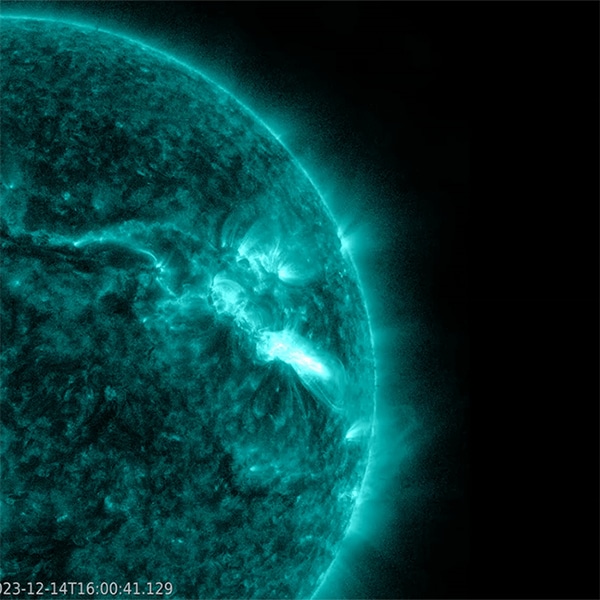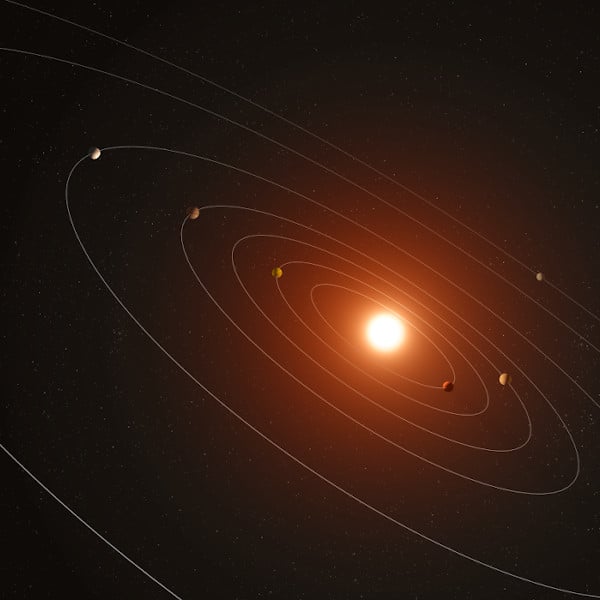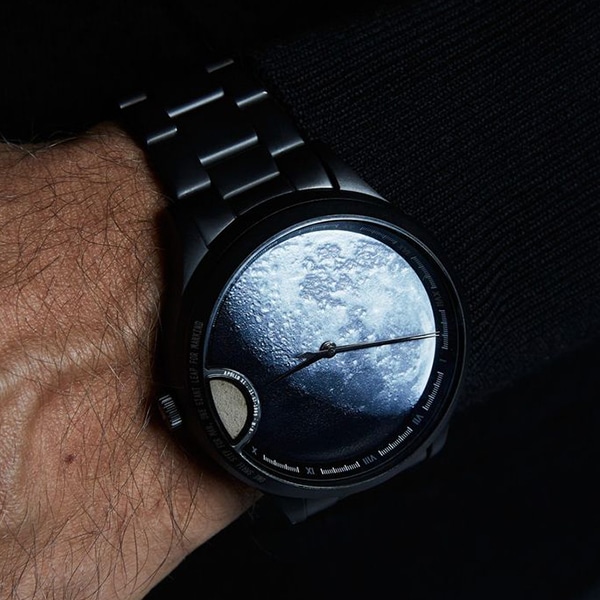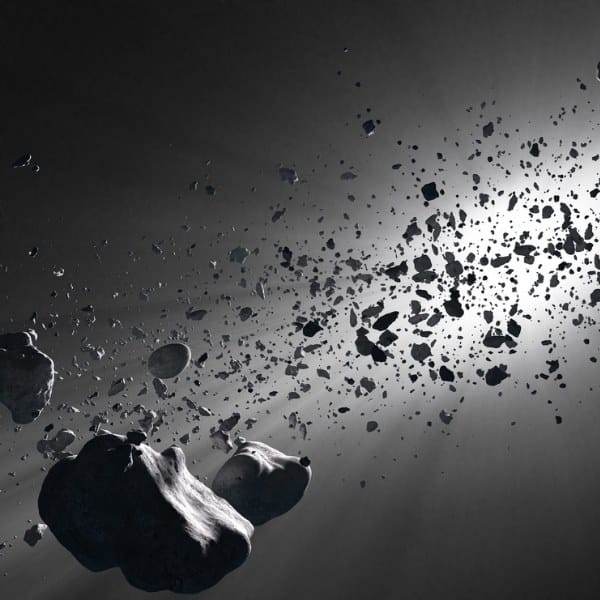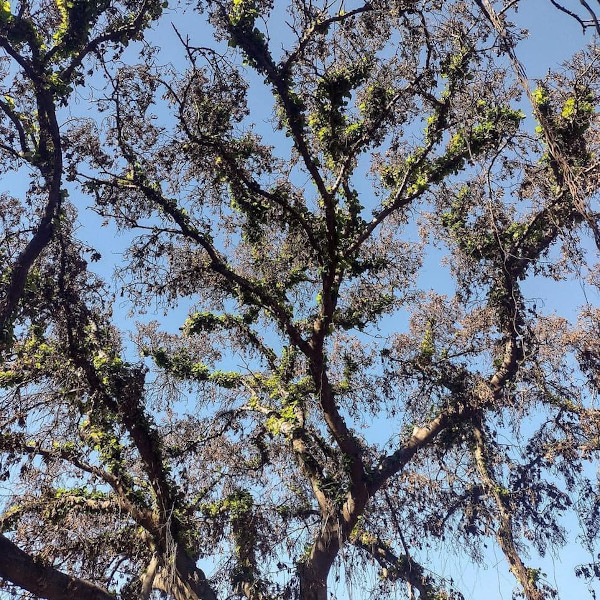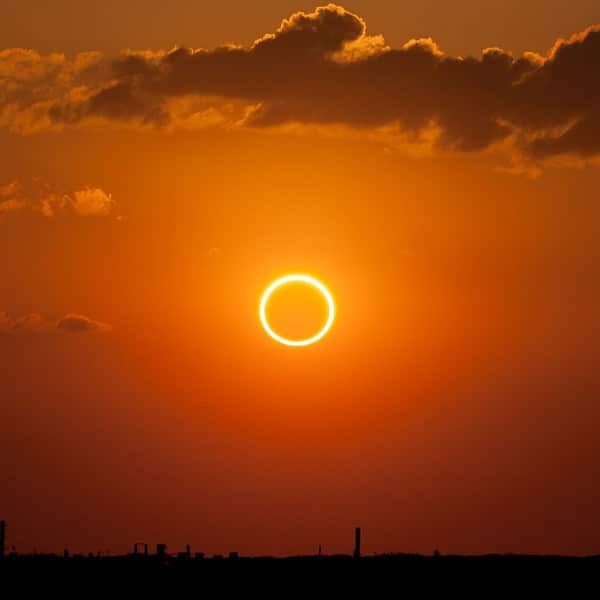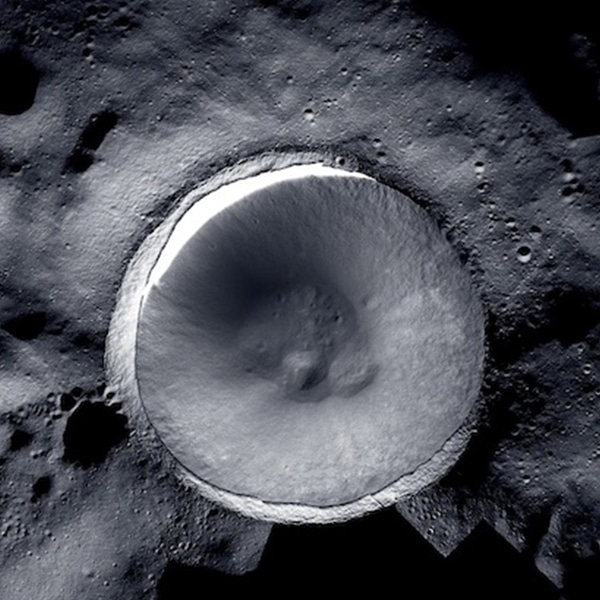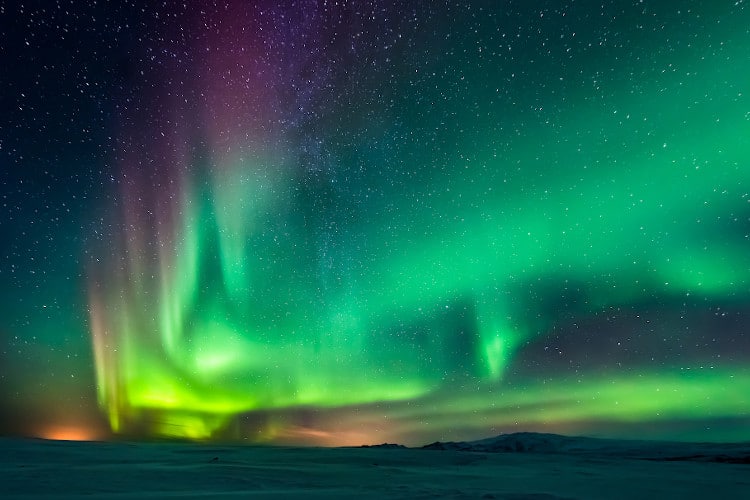
Photo: surangastock/Depositphotos
The Northern Lights are one of the most fascinating phenomena of the natural world. Typically, the best chances to see it are from very remote Arctic locations during the coldest months of the year; however, soon it may become easier to catch a glimpse of the aurora borealis. Sunspot observations, a key predictor for the likelihood of seeing the Northern Lights, have increased since the end of last year, and could continue to grow. This means that the natural phenomenon will not only appear more frequently, but they could also be seen from more places.
As NBC News explains, every glimmer of the Northern Lights begins as a spot on the Sun’s surface. According to the The Solar Cycle 25 Prediction Panel, a group of scientists that forecasts sunspot activity, the next 18 months will bring the strongest Northern Lights activity of both the coming decade and the past 20 years if the upward trend continues.
The latest prediction model points to a steady increase of sunspot observations until fall 2024, when the probability of a visible aurora borealis, reaches its peak. “Skywatchers are excited,” says Mark Miesch, a research scientist at the University of Colorado – Boulder and the National Oceanic and Atmospheric Administration.
So far, the increase has brought some promising opportunities. Earlier this year, some cities in the continental U.S.—including Minneapolis, MN; Lansing, MI; and Portland, ME—were able to marvel at the aurora. While it may still sound pretty northern, the views they got were previously reserved for Alaska and upper Canada.
But even with improved chances to spot the Northern Lights, there are certain things you must consider. The best time to catch the aurora is “within an hour or two of midnight (between 10 p.m. and 2 a.m. local time),” according to the National Oceanic and Atmospheric Administration (NOAA). Getting away from city lights and any light pollution is also key to enjoying the aurora at its best.
“Auroras are a spectacular sign that our planet is electrically connected to the Sun,” states NASA. “These light shows are provoked by energy from the Sun and fueled by electrically charged particles trapped in Earth's magnetic field.” Hopefully, they could soon be easier to see for more people around the globe.
According to scientists, sunspot observations (a key predictor for the likelihood of seeing the northern lights) have increased since the end of last year, and could continue to grow.
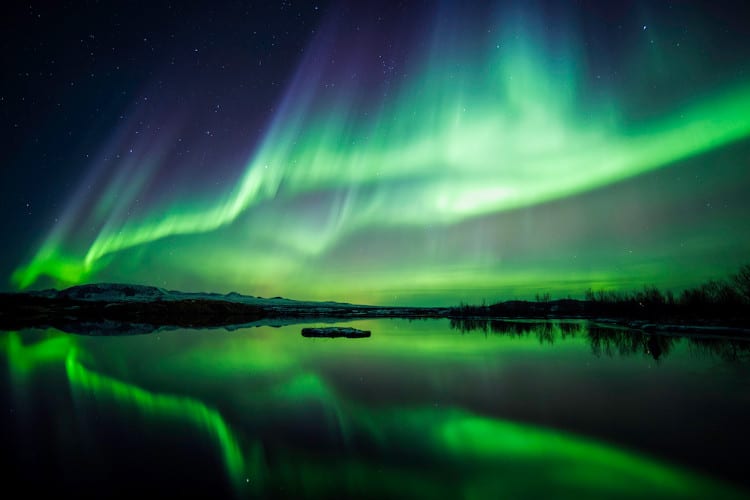
Photo: Johann/Depositphotos
This means that the Northern Lights will not only appear more frequently, but they could also be seen from more places.
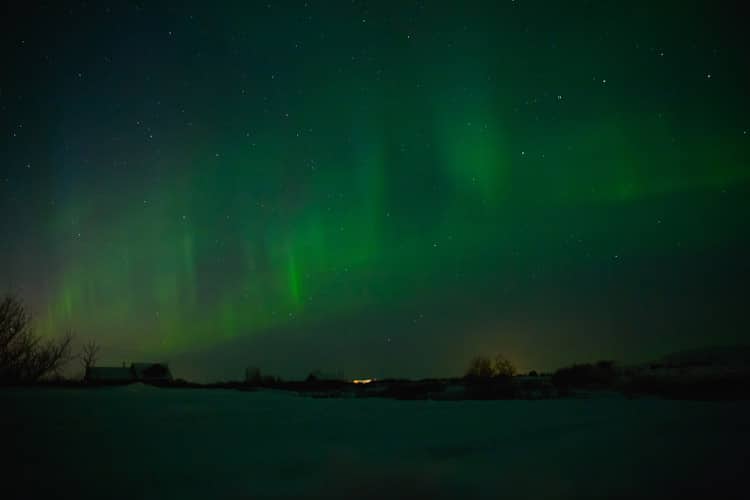
Photo: AlexGukBO/Depositphotos
h/t: [Interesting Engineering]
Related Articles:
Alaskan Photographer Captures Mysterious Spiral in Sky Among Northern Lights
Behold the Best Northern Lights Photographs of 2022
Solar Storm Causes Neon-Pink Northern Lights To Fill the Sky
Enjoy the Northern Lights From Bed When You Stay In These Glass Cabins in Iceland











































































